Gardyloo
No longer a newbie, moving up!
- Joined
- May 10, 2020
- Messages
- 240
- Reaction score
- 530
- Location
- Seattle
- Can others edit my Photos
- Photos OK to edit
I've been scanning many many old slides and have some images that I like to make as presentable as possible, but I'm encountering a number of issues that I could use some help addressing.
I'm using a 6 or 7 year old Wolverine scanner that has some limitations - some unwanted cropping and vignetting, but most of these can be handled in post. More annoying is a persistent tendency to red-shift shadows and neutrals, made worse because some of the slides need shadow details enhanced (I use PS Elements and Paintshop Pro for the most part) and when I do the shadow color cast becomes a big issue.
But the issue I want to talk about here is grain/noise/sharpness. I keep trying to make these scanned images look as sharp as those coming from my digital cameras, but while this is probably not achievable I'd like to get as close as possible.
Here are two versions of a scanned slide. Both are cropped quite severely from the original, and have had things like the horizon straightened, some dust and crud on the slide cloned out, etc.
Slide details: Kodachrome 64, image taken in 1977 near Anchorage, Alaska, using a Nikkormat SLR with (I think) a Nikkor 43-86mm macro zoom lens. No idea of the shutter or aperture settings.
Version 1 - sharpness and saturation slightly increased over base scan.

Version 2 - Saturation slightly dialed back, added "soft focus" filter (Paintshop Pro.)

They're both still pretty grainy/noisy, but any further reduction in sharpness sort of takes away the point of the exercise in my view. (The lake's name is "Mirror Lake" after all.)
So suggestions on how to optimize these images (or something altogether different?)
Thanks so much.
I'm using a 6 or 7 year old Wolverine scanner that has some limitations - some unwanted cropping and vignetting, but most of these can be handled in post. More annoying is a persistent tendency to red-shift shadows and neutrals, made worse because some of the slides need shadow details enhanced (I use PS Elements and Paintshop Pro for the most part) and when I do the shadow color cast becomes a big issue.
But the issue I want to talk about here is grain/noise/sharpness. I keep trying to make these scanned images look as sharp as those coming from my digital cameras, but while this is probably not achievable I'd like to get as close as possible.
Here are two versions of a scanned slide. Both are cropped quite severely from the original, and have had things like the horizon straightened, some dust and crud on the slide cloned out, etc.
Slide details: Kodachrome 64, image taken in 1977 near Anchorage, Alaska, using a Nikkormat SLR with (I think) a Nikkor 43-86mm macro zoom lens. No idea of the shutter or aperture settings.
Version 1 - sharpness and saturation slightly increased over base scan.
Version 2 - Saturation slightly dialed back, added "soft focus" filter (Paintshop Pro.)
They're both still pretty grainy/noisy, but any further reduction in sharpness sort of takes away the point of the exercise in my view. (The lake's name is "Mirror Lake" after all.)
So suggestions on how to optimize these images (or something altogether different?)
Thanks so much.
Last edited:


![[No title]](/data/xfmg/thumbnail/42/42276-99df5da06c3e5dc83ae4bab11e935910.jpg?1619740085)

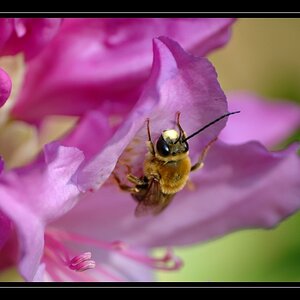
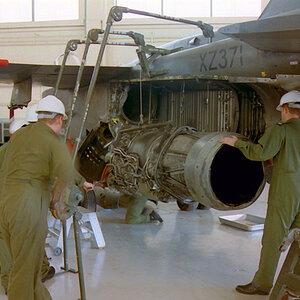
![[No title]](/data/xfmg/thumbnail/37/37625-7e132688457d56e50320a8c99a79fe38.jpg?1619738154)

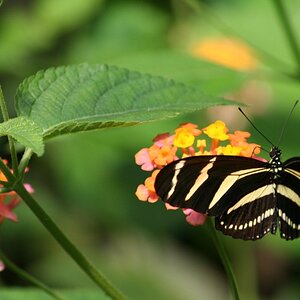
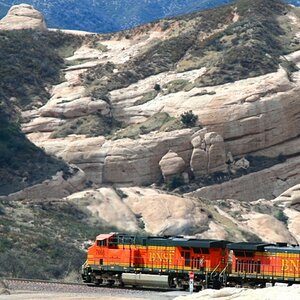
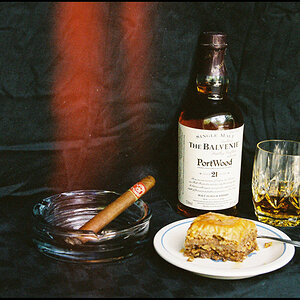
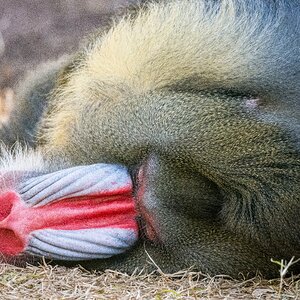
![[No title]](/data/xfmg/thumbnail/36/36681-6b091a8cd7318d47018c823a2eff3185.jpg?1619737677)
